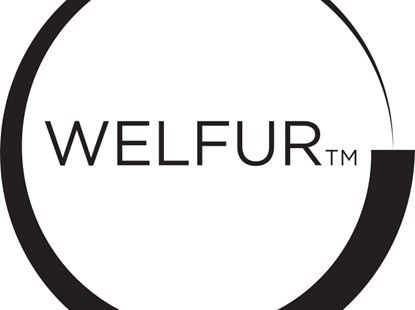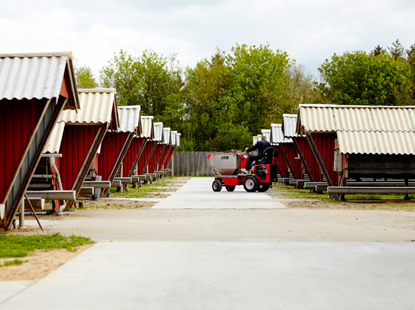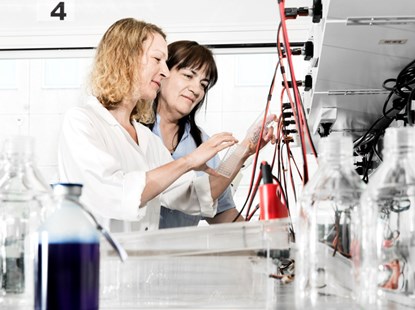Responsibility
As early as 1985, the fur trade in Denmark prepared guidelines for fur animal welfare - at a time, when no guidelines existed for other livestock farming.
Animal welfare in Danish mink farming
During the past years, consumer demands for animal welfare in modern Danish farming have increased. Quite a while back, Kopenhagen Fur decided to take this issue to heart and set a good example. As early as 1985, the industry prepared guidelines for fur animal welfare - at a time, when no guidelines existed for other livestock farming.
In 1999, Danish and international research formed the basis of a European set of rules to protect fur animals. Since then, new Danish research results have been incorporated into the Danish rules on protection of fur animals from 2007. The Danish rules on mink are stricter than the European rules.
All Danish mink farms are subject to annual, statutory veterinarian visits. The visits involve a routine inspection to identify any health or welfare issues on the farm. The Danish Veterinary and Food Administration also makes regular inspections of farm welfare.
Danish research in fur animal welfare extends 30 years back with some of the most comprehensive documentation in livestock research in Denmark. Research in mink welfare is performed by scientists from the University of Copenhagen and Aarhus University and continues to receive funding from the Danish government and Kopenhagen Fur.

All mink farms must now be WelFur certified
The European fur trade has proposed a new milestone. WelFur certification of all European fur farms will start in 2017. As of 2020, Kopenhagen Fur will only sell mink skins and fox skins that are WelFur certified.

From nature - back to nature
Our approach to fur farming is extremely respectful of the environment and an excellent example of a natural, renewable and sustainable resource.

Staying up-to-date
Kopenhagen Fur puts a priority on staying up-to-date on the newest developments in fur via an array of comprehensive research activities.
